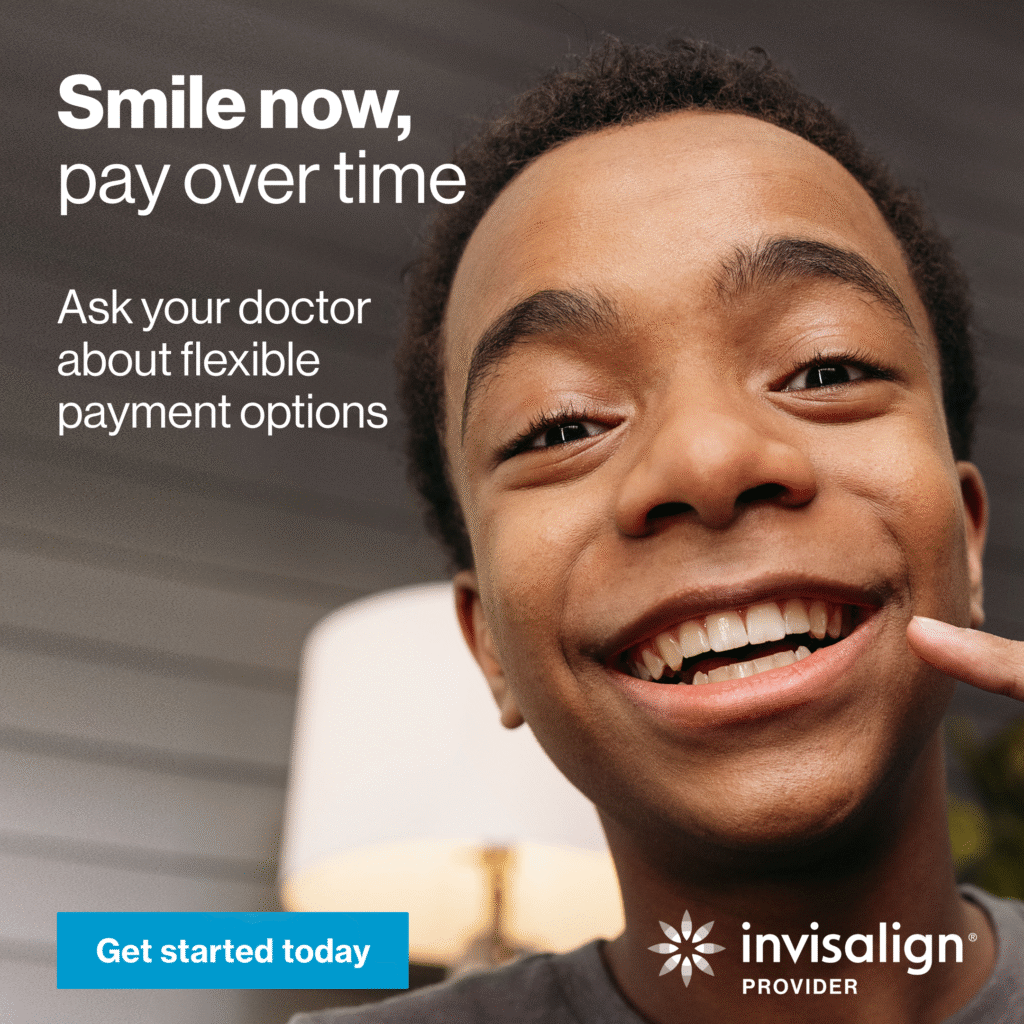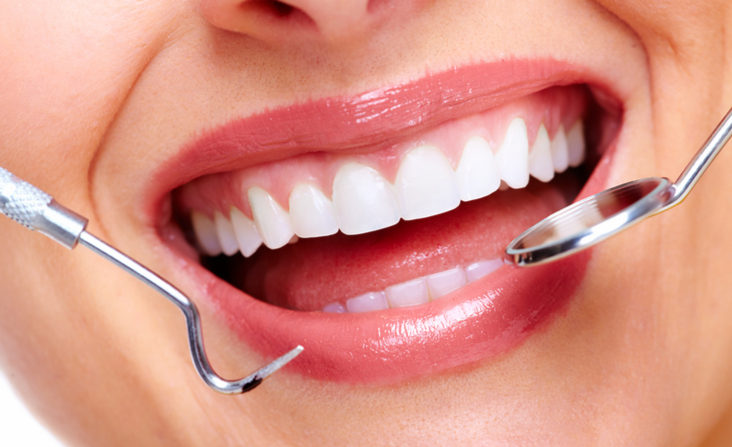Achieving a straight, confident smile has never been more accessible or customizable. Thanks to advances in orthodontic technology, there are now several ways to correct teeth alignment, each catering to unique needs, preferences, and lifestyles. But with so many options available, how do you choose the best one for you?
This guide compares traditional braces, clear aligners, and other orthodontic solutions to help you make an informed decision. Whether you’re a teen considering your first orthodontic treatment or an adult looking to enhance your smile, we’ll break down the pros and cons so you can choose with confidence.

Traditional Braces
Traditional metal braces remain a popular choice for teeth alignment, and for good reason—they’ve been proven effective for decades. Using metal brackets attached to your teeth and connected by wires, braces gradually shift teeth into their desired positions.
Pros of Traditional Braces
- Effective for Complex Cases: Braces are ideal for correcting severe alignment issues, including overcrowding, overbites, underbites, and crossbites.
- Durable: Their sturdy design can handle significant adjustments without risk of damage.
- No Self-Discipline Required: Because braces are fixed to your teeth, there’s no risk of forgetting to wear them, ensuring consistent progress.
Cons of Traditional Braces
- Noticeable Appearance: The metal brackets and wires are highly visible, which may deter some people, especially adults, from choosing this option.
- Dietary Restrictions: Sticky, chewy, and hard foods can damage braces and must be avoided.
- Discomfort: Brackets and wires can irritate the inside of your mouth, especially after adjustments.
Ultimately, traditional braces remain a reliable choice for anyone seeking dramatic results, particularly for more complicated orthodontic problems.
Clear Aligners
Clear aligners, such as Invisalign, have revolutionized orthodontic treatment by offering a discreet, removable alternative to braces. These plastic trays are custom-made to fit snugly over your teeth and are changed every few weeks to guide your teeth into alignment.
Pros of Clear Aligners
- Virtually Invisible: The clear plastic material makes aligners barely noticeable, making them especially popular among adults and teens.
- Removable: You can take them out while eating, brushing, or flossing, allowing you to maintain your oral hygiene without additional hassle.
- Comfortable: With no wires or brackets, clear aligners generally cause less irritation to the inside of your mouth.
Cons of Clear Aligners
- Limited to Mild to Moderate Cases: While effective for many alignment issues, clear aligners may not be suitable for severe orthodontic problems.
- Self-Discipline Required: For maximum effectiveness, aligners must be worn for 20-22 hours a day. Forgetting to wear them can delay progress.
- Higher Cost: Aligners are often more expensive than traditional braces, depending on the length and complexity of the treatment.
Clear aligners are ideal for individuals looking for a convenient and aesthetic option to enhance their smile, as long as they’re committed to wearing them consistently.
Lingual Braces
Lingual braces function similarly to traditional braces, but they are attached to the backside of your teeth rather than the front. This makes them virtually invisible during everyday activities.
Pros of Lingual Braces
- Discreet Solution: Since they’re hidden behind the teeth, lingual braces offer the benefits of traditional braces without an obvious appearance.
- Customizable: Lingual braces are often customized to be more comfortable and effective for specific dental needs.
Cons of Lingual Braces
- Costly: They tend to be more expensive than traditional braces due to the customization and additional expertise required.
- Comfort Challenges: Because lingual braces are close to your tongue, speaking and eating may be more uncomfortable during the adjustment period.
- Not for Severe Cases: While effective, they may not be suitable for certain complex orthodontic conditions.
Lingual braces are a great option for patients seeking a hidden treatment, but the added cost and adjustment period must be considered.
Ceramic Braces
Ceramic braces are similar to traditional braces in design and function, but they use tooth-colored or clear materials for the brackets, making them less noticeable.
Pros of Ceramic Braces
- Aesthetic Appeal: Their subtle appearance makes them less prominent compared to metal braces.
- Effective for Severe Cases: Like traditional braces, they can correct complex alignment issues.
Cons of Ceramic Braces
- Fragility: Ceramic brackets are more prone to chipping or breaking compared to metal brackets.
- Staining: Clear or white brackets can become discolored if proper oral hygiene isn’t maintained.
- Higher Cost: They are often more expensive than traditional braces.
Ceramic braces strike a balance between functionality and aesthetics, making them a popular choice for teens and adults who want an effective but less noticeable solution.
Self-Ligating Braces
Self-ligating braces are an advanced version of traditional braces. Instead of elastic bands, they use a sliding mechanism to hold the wire in place, reducing friction and making adjustments smoother.
Pros of Self-Ligating Braces
- Shorter Appointments: Fewer adjustments are needed, which means less time in the dental chair.
- Less Discomfort: The reduced friction makes this option more comfortable for many patients.
- Effective for Complex Cases: They work similarly to traditional braces and can handle complex alignment issues.
Cons of Self-Ligating Braces
- Cost: They are typically more expensive than traditional braces.
- Not Invisible: Despite their benefits, they are still visible and lack the discreetness of clear aligners or lingual braces.
Self-ligating braces are a modern solution that retains the efficacy of traditional braces with improved comfort and ease of maintenance.
Factors to Consider When Choosing an Option
While all these orthodontic solutions are effective, choosing the right one depends on several factors, including:
- Severity of Alignment Issues: Traditional braces or self-ligating braces are best for complex cases, while aligners work well for mild to moderate adjustments.
- Aesthetic Concerns: If you want a discreet solution, consider clear aligners, lingual braces, or ceramic braces.
- Budget: Align your choice with the financial investment you’re prepared to make, as costs can vary significantly.
- Commitment Level: If you’re prone to forgetting things, fixed options like traditional braces might be more suitable than removable aligners.
Final Thoughts
Orthodontic treatment is an investment in your smile, confidence, and overall oral health. With options ranging from traditional braces to modern aligners, there’s a solution for everyone. Consulting with an experienced orthodontist is the best way to assess your needs, budget, and lifestyle to determine the most suitable treatment plan.
Remember, the right choice isn’t just about aesthetics—it’s about achieving a healthy, functional bite that lasts a lifetime. Whether you opt for the tried-and-true traditional braces or the innovative clear aligners, staying informed and proactive about your orthodontic care will bring you one step closer to the smile you’ve always wanted.




